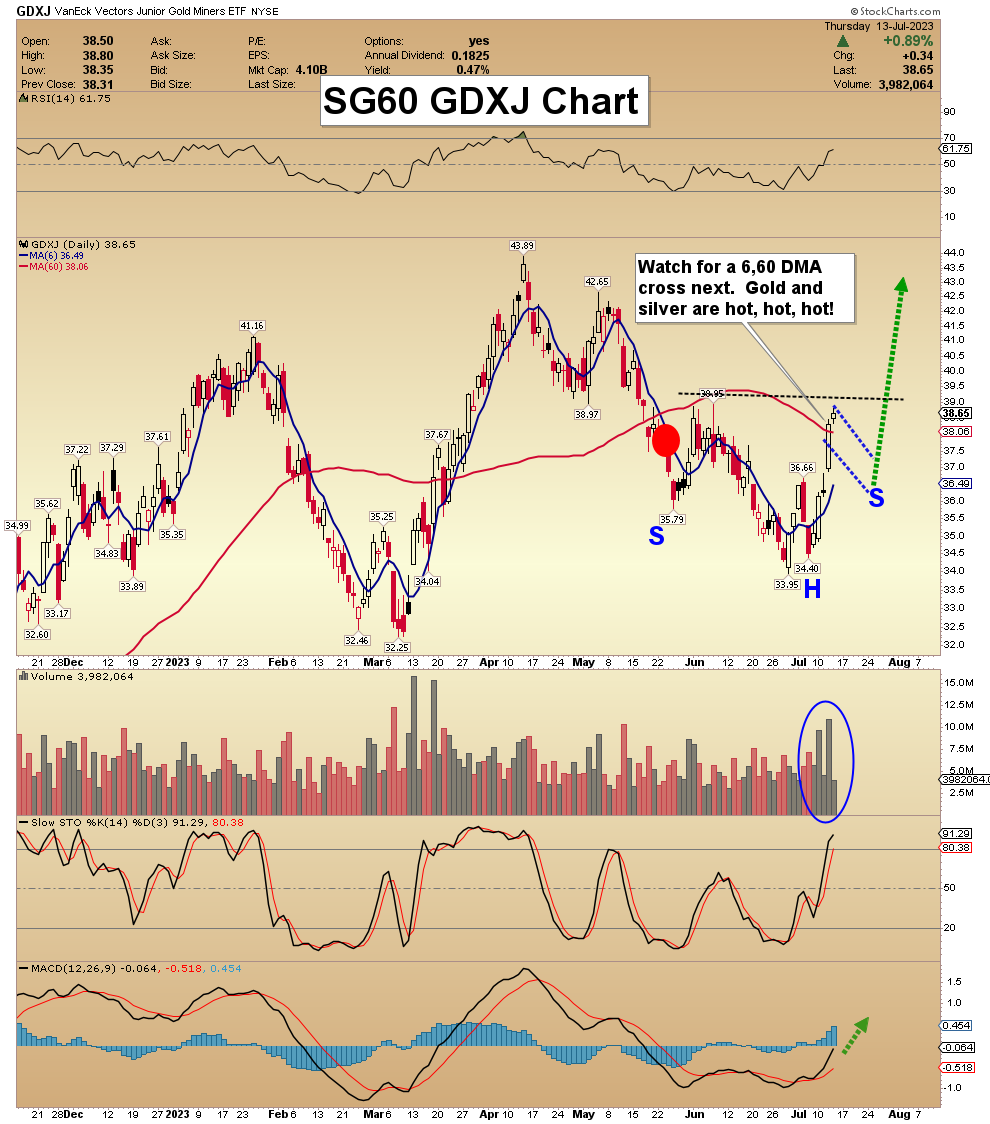Alright, folks, let’s cut through the noise. The US just played another move in the tech war, and it’s a doozy. Trump’s administration has effectively dismantled Biden’s attempted easing of AI chip export controls, replacing it with a seemingly ‘simplified’ but far more stringent set of rules. Don’t let the simplification fool you – this is about maintaining maximum pressure on China’s AI ambitions, and preparing for broader enforcement down the line.
This isn’t about openness; it’s about control. While the shifts offer some breathing room for giants like NVIDIA, make no mistake: the core message is clear. The US remains deeply concerned about China’s progress in AI and isn’t backing down.
But here’s where things get interesting. This isn’t a defeat for China; it’s a powerful catalyst. It’s an unequivocal signal that domestic self-reliance is no longer a choice, it’s an existential imperative. We need to DOUBLE DOWN on building our own robust and independent AI supply chain.
Let’s break down why this matters:
This recent move by the US highlights the strategic importance of semiconductors in the AI landscape. Control over chip technology translates to power and influence in the future of artificial intelligence.
AI chip export controls are a form of technology protectionism, aiming to slow down the development of AI capabilities in other countries, particularly China.
The focus on ‘self-control’ and domestic production signifies a shift toward reducing reliance on foreign technology and fostering innovation within China.
China’s response is likely to involve significant investment in domestic chip manufacturing, design, and related infrastructure.
Given this landscape, I’m sticking with my calls for focused investment in domestic wafer fabrication, chip design, semiconductor equipment, and advanced packaging. And, in the short term, keep an eye on potential sentiment-driven rebounds in the NVIDIA supply chain—but don’t confuse that with a long-term solution. This is about building something lasting here at home. We aren’t just building chips; we’re building a future.







